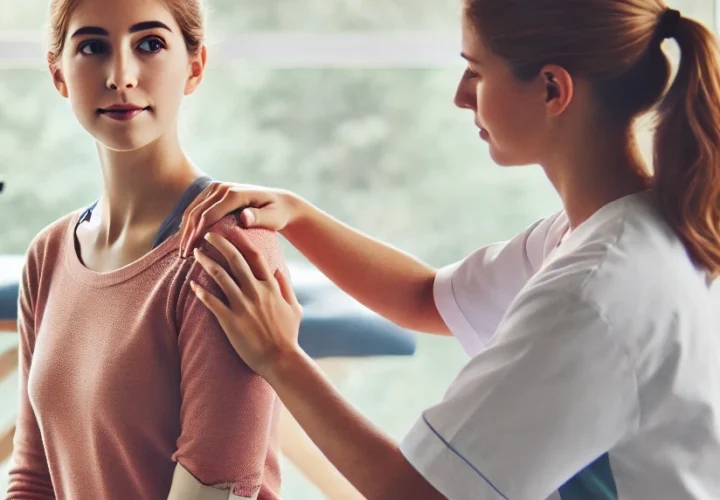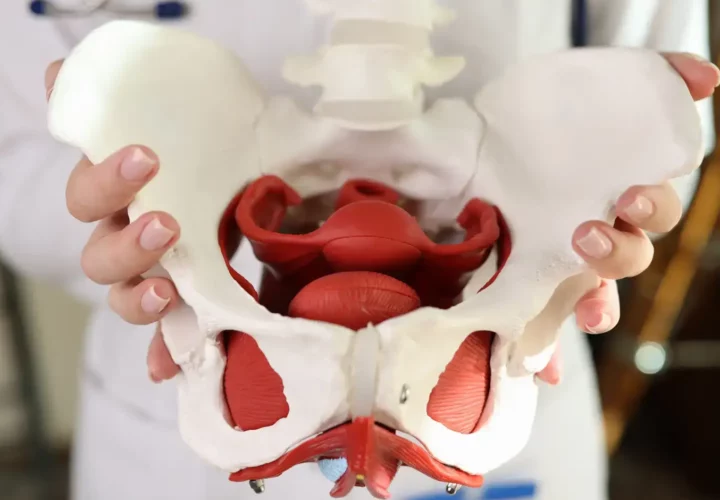Runner’s knee is a term that is used to describe pain around the kneecap commonly caused by running. The two common injuries referred to as runner’s knee are iliotibial band syndrome and patellofemoral syndrome. However, any activity that stresses the knee joint repeatedly can cause this injury.
Iliotibial Band Syndrome
ITBS is a repetitive strain injury that causes pain on the outside part of the knee. When running the pain occurs when the heel strikes the ground. The iliotibial band runs along the outside of the thigh, from the pelvis to the tibia, and crosses the hip and knee joint. Is it very important for stabilizing the structure of the outside part of the knee and the joint that flexes and extends the knee. 
Patellofemoral Pain Syndrome
Patellofemoral pain syndrome occurs when the nerves sense pain in the soft tissues and bone around the kneecap. The tendons, synovial tissue that aligns the knee joint, and the fat pad beneath the patella are included in the soft tissues. In most cases, this syndrome is caused by intense physical activity that puts repeated stress on the knee. This can include jogging, squatting, and climbing stairs.
The Cause
There are multiple ways the pain of runner’s knee can be caused. Soft tissue irritation, torn or worn cartilage, and strained tendons of the knee are just a few. Others include overuse, trauma to the kneecap, flat feet, arthritis, weak or tight thigh muscles, and inadequate stretching before exercise. Also, plica syndrome or synovial plica syndrome can cause runner’s knee. This is when the lining of the joint becomes thickened and inflamed.
The Symptoms
The main symptom is a dull, aching pain around or behind the kneecap (patella). This will be most noticeable where the kneecap meets the lower part of the thighbone or femur. You could also feel pain when doing activities such as walking, climbing/descending stairs, squatting, kneeling, running, sitting/standing from a chair, or sitting for a long period of time where the knees are bent. More symptoms include swelling, popping, and/or grinding of the knee.
Treatment
For most cases, runner’s knee can be treated with rest, ice/heat, compression, and elevation. For additional pain relief, over-the-counter anti-inflammatory medications may be used as well. Once pain and swelling have gone down, your doctor may recommend physical therapy to help rebuild strength and full range of motion.
Prevention
The American Academy of Orthopedic Surgeons has a few recommendations on how to prevent runner’s knee.
- Stay in shape. Making sure your overall health and conditioning are on the right track plays a big part. Being overweight puts stress on the knees which can lead to injury as well.
- Stretch before you workout. Do a 3-5 minute warmup with stretching exercises. If you are unsure of any exercises, consult your doctor.
- Slowly increase your training. Never make abrupt changes to the intensity during your workout. Always make them in small increments.
- Use proper running shoes. Buying quality shoes are pricey but they are well worth it. You want shoes with good shock absorption, that fit properly, and are comfortable.
- Use proper running form. Keep your core tight. This helps prevent yourself from leaning too far forward or backward. Also keep your knees bent. Try running on a soft, smooth surface and avoid concrete. Lastly, when going down a steep incline walk or run in a zig zag. This helps take stress off of your knees.



